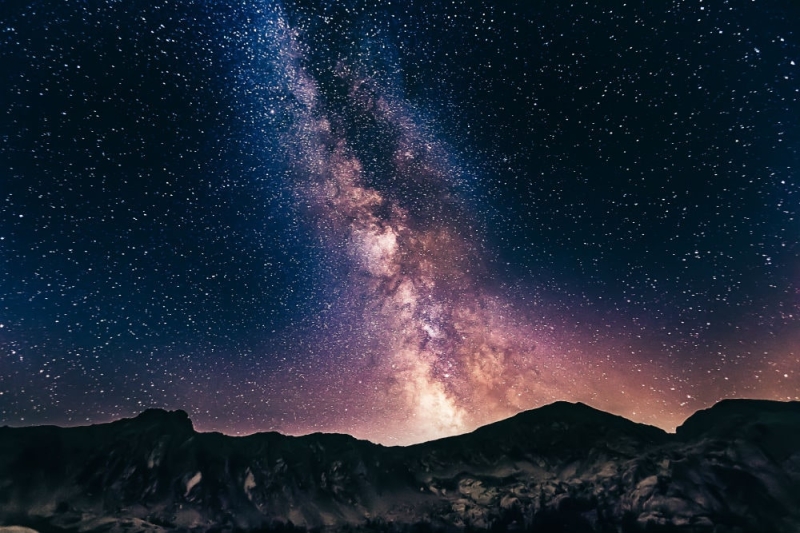
Watching the dark and starry sky becomes a luxury. Due to light pollution, there are fewer and fewer places on the planet where you can see the Milky Way. But astronomical observatories are located in dark, mountainous and sparsely populated regions with the best conditions for observing space from Earth. Many of them are open to tourists, where you can even look through telescopes. We have compiled a selection of seven accessible and open observatories in different parts of the world, including Russia.
1. Pulkovo Observatory in St. Petersburg
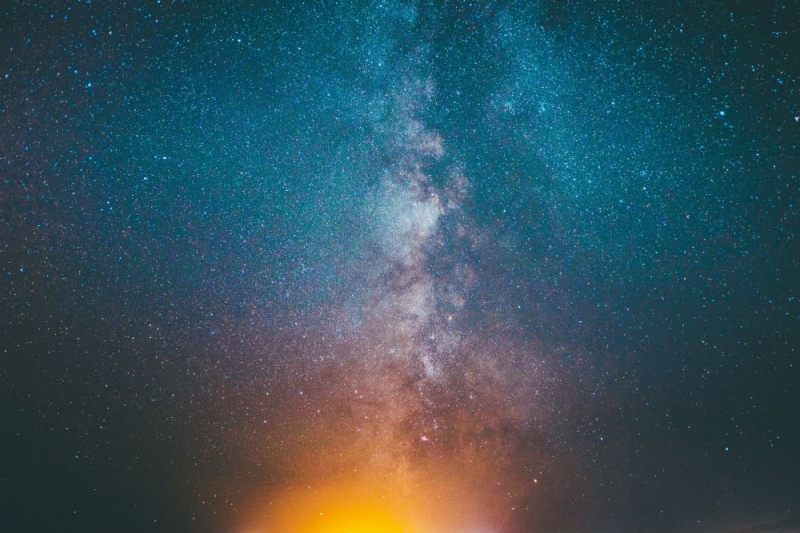
Photo: Aperture Vintage/Unsplash.com
At the Pulkovo Observatory they assure that in St. Petersburg there are not only “white” nights, but also “black” nights. Winds and anticyclones make them especially stellar.
Pulkovo Observatory belongs to the Russian Academy of Sciences and was created in the mid-19th century. The Pulkovo meridian runs through the center of its dome – the starting point for Russian geodesists.
The observatory regularly hosts evening and night excursions, and there is an astronomical museum. When choosing a day to visit, it is worth watching the weather – usually the forecast 2-3 days in advance is quite accurate.
The excursion program depends on the time of year and time of day, but, as a rule, includes observing the constellations from the street.
Observatory staff recommend that for the first time you choose an excursion with a visit to the 26-inch refractor tower. The length of its pipe exceeds 10 meters. This instrument makes observations every clear night. In the world ranking of telescopes studying visual double stars, the Pulkovo 26-inch telescope is among the leaders.
Site: gaoran.ru
2. Crimean Astrophysical Observatory

Photo: Bryan Goff/Unsplash.com
The observatory in Crimea was built together with a scientific town, which is called Scientific, at an altitude of 600 meters. This is the highest mountain village of the peninsula. Telescopes and administrative buildings are scattered over a large area among old pines, lindens, blue spruces, Lebanese cedars, and chestnuts. The proximity to the reserve and the mountainous landscape provide dark skies and a calm atmosphere above the observatory.
The establishment has 17 optical telescopes. The most famous are the largest reflecting telescope in Europe named after Schein with a 2.6-meter mirror and the Tower Solar Telescope. During the day you can observe prominences – explosions on the surface of the Sun, in the late evening – the Moon, stars, planets. Staff conduct excursions every evening by prior arrangement (by call) and regularly organize popular science lectures about black holes and dark matter.
The observatory recommends checking the weather forecast before your trip. The staff also advises not to come when the Moon is full – at this time craters are not visible on it, and the illumination from it reduces the spectacle of the Milky Way, star clusters and nebulae.
Excursions start late in the evening. Afterwards you can stay overnight at the observatory hotel.
Site: crao.ru
3. Moletai Astronomical Observatory in Lithuania

Photo: NASA/Unsplash.com
The Moletai Observatory was built in 1969 10 kilometers from the ancient Lithuanian town of Moletai and 70 kilometers from Vilnius. An area with a dark sky was chosen for it – on the 200-meter hill of Kaldinai.
The observatory was built to replace two old Vilnius observatories, in which space observation became impossible due to the sprawl of the city and light noise.
The great interest of tourists in the observatory prompted scientists to open an ethnocosmological museum nearby. It is built from aluminum and glass and is shaped like a flying saucer. In the museum you can see fragments of meteorites, photographs of galaxies, real sundials, and models of planets. There are also night excursions with observation of the stars and planets – a telescope is installed in the dome of the 45-meter tower. During daylight hours, you can watch the sun in the observatory building.
Site: etnokosmomuziejus.lt
4. Roque de los Muchachos in the Canaries
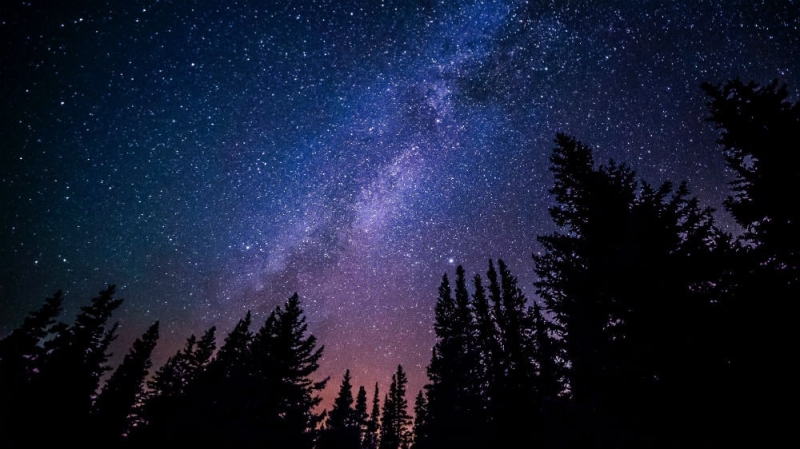
Photo: Ryan Hutton/Unsplash.com
Roque de los Muchachos is one of the most important scientific observatories of our time. It is located on the island of La Palma and covers an area of 2,400 square meters.
After the observatory was founded in 1979, the Newton Telescope was moved here from the Royal Observatory Greenwich. Today, 14 groups of telescopes operate here and teams from almost all European countries and the USA work. The fact is that in terms of the clarity of the sky and the level of light noise, the conditions here are some of the best in the world. La Palma has laws that regulate light pollution and aircraft flight paths. Even lanterns are installed with a certain angle of reflection so that they do not shine upward.
The observatory is open to visitors on opening hours that may vary depending on the time of year. You can find out more on the observatory website. Tourists are shown telescopes and told about their structure, astronomy and scientific discoveries. You won’t be able to look into the telescopes at the observatory – they are accessible only to scientists. But the stars here are so bright that you can observe them without special instruments.
Next to the observatory there is an observation deck – from there you can see all groups of telescopes and the main mountain range of the island.
There are several more astronomical complexes on the Canary Islands. The Teide Observatory on the island of Tenerife specializes in studying the Sun. The largest solar telescope in Europe, Gregory, is located here. On the excursion, tourists observe the Sun through two telescopes with different filters, which allow them to see the chromosphere and photosphere, sunspots, “flares” on the Sun.
Another “astro-fun” in the Canaries is to go to Teide National Park, where the skies are perfectly clear, to watch the Milky Way and the stars. Here you can see 83 of the 88 officially recognized constellations.
Local travel agencies offer astrotours to the best sky viewing spots in the archipelago and group tours to the observatory.
Site: iac.es
5. Observatories in Chile
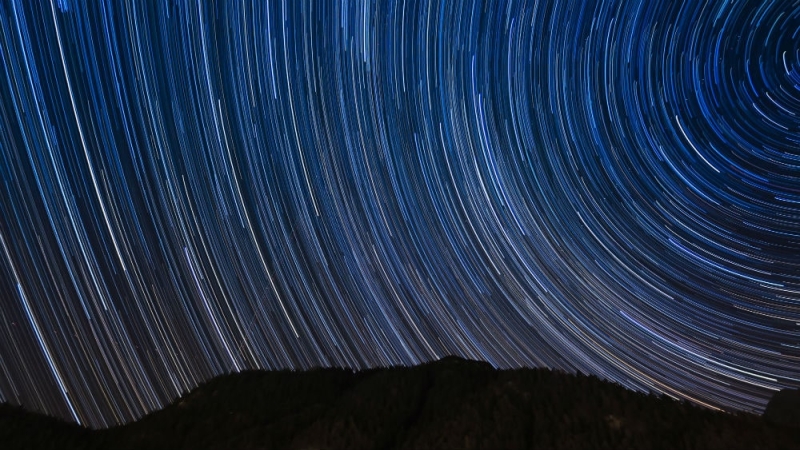
Photo: Paul Gilmore/Unsplash.com
The Atacama Desert in Chile is recognized as another unique place for space observation. The air in the Andean highlands is dry, clean and clear, and there are 300 clear days a year. And only in the southern hemisphere can you observe some stars, the central part of the Milky Way, the Magellanic clouds – satellite galaxies of the Milky Way.
Most of the telescopes in the desert were built by the international organization European Southern Observatory (ESO). It began observing the southern sky in the middle of the 20th century, and today it is considered one of the most important centers for space research in the world. 40 percent of the world’s telescopes operate in Atacama. This figure is expected to increase soon – several large objects are now being built here, including the Giant Magellan Telescope (GMT) and the European Extremely Large Telescope (E-ELT) with a 40-meter mirror that can give a picture with better detail than the orbital Hubble.
The largest and most popular ESO observatories among tourists are La Silla, Llano de Chajnantor and Paranal. They are open for free on Saturdays and Sundays, but strictly by appointment on the website. You may have to get on the “waiting list,” since there are many people in Chile who want to get closer to space. Tourists are taken on excursions by a special bus from the village of San Pedro de Atacama.
The observatories in the Atacama desert look like colonial astronomical stations on Mars from science fiction. And the Paranal station also attracts Bond fans. The ESO Hotel at this station appeared in the James Bond film Quantum of Solace.
In Chile, tourists can also visit the American Cerro Tololo Observatory near the small town of Vicuña. This is also the largest and oldest observatory. You’ll have to get there on your own.
Sites: eso.org, almaobservatory.org, ctio.noao.edu
6. Mount Wilson Observatory in the USA
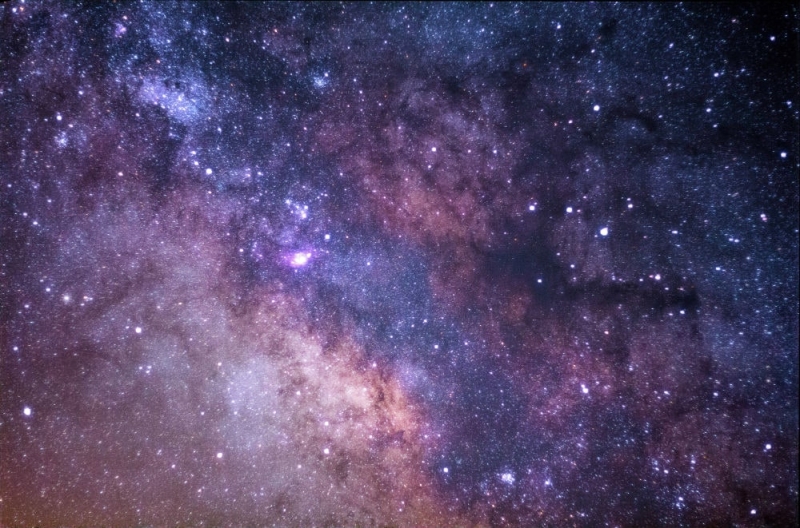
Photo: Jeremy Thomas/Unsplash.com
The observatory on Mount Wilson (1,742 meters) near Los Angeles appeared in 1908, and in 1931 it received a visit from Albert Einstein. Today, proximity to a growing metropolis has limited the station’s deep space exploration capabilities, but it is an interesting place for astronomy buffs.
It is home to the largest astronomical instrument in the Western Hemisphere, the Hawker Telescope. The famous astronomer Edwin Hubble worked on it, after whom the powerful Hubble Space Telescope, an automatic observatory in orbit around the Earth, is named. In the 1920s, Edwin Hubble took photographs with the Hawker Telescope at Mount Wilson that changed the understanding of space. They showed that the then-called “spiral nebulae” are not just gas clouds, but huge star systems – spiral galaxies, similar to the Milky Way, but located at a great distance from us.
Now the Hawker telescope is available for free observations from the beginning of spring to the end of autumn. Excursions take place every weekend during the day (without observation through telescopes) and at night (with observation). Private group tours are available by reservation on the observatory website.
Site: mtwilson.edu
7. Observatory-Museum Sonnenberg in Dutch Utrecht
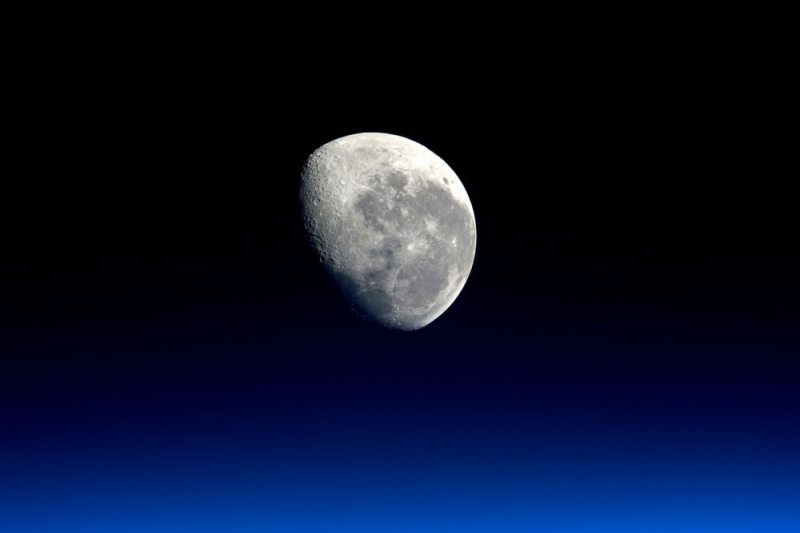
Photo: NASA/Unsplash.com
One of the oldest observatories in the world, founded at Utrecht University back in 1853. The oldest telescope in Europe is kept here, and the observatory building itself is located in the surviving building of a former bastion from the 17th century.
Today, the observatory has more of an educational function and has a public status – observations here are available to everyone, but only after an application has been submitted in advance on the website. In total, the observatory has four working telescopes, one of which is solar. In addition, the observatory conducts excursions, popular science lectures, children’s astronomy camps, and houses a museum and a planetarium.
Site: sonnenborgh.nl
In addition to observatories, you can observe the stars in official “dark sky reserves”. This status is assigned to them by the International Dark Sky Association (darksky.org). Every year she prepares ratings of territories with the darkest and most beautiful starry skies.
Preview photo: Denis Degioanni/Unsplash.com
Text author: Gaisina Denmark

